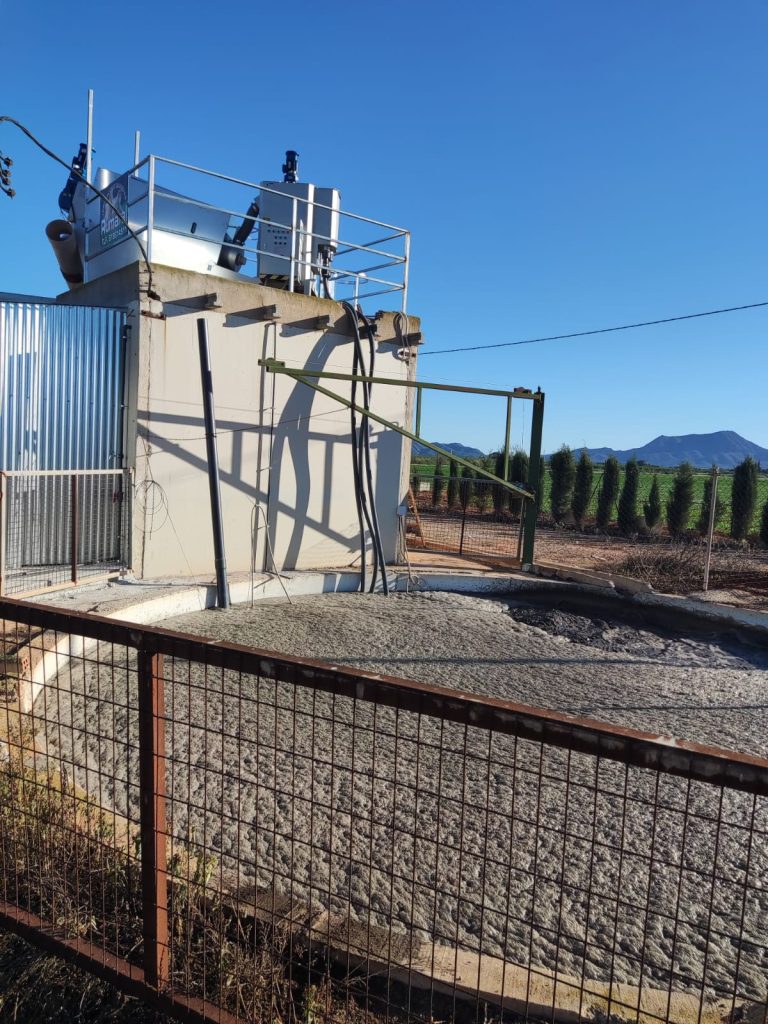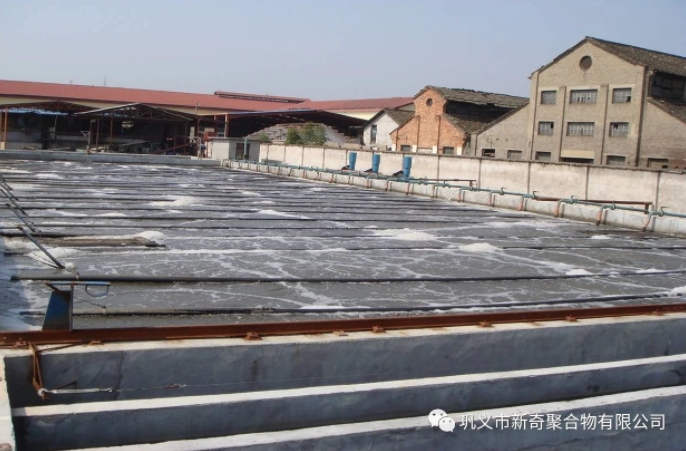Commonly used agents for slaughterhouse wastewater treatment:
Flocculating agent: Sometimes also called coagulant, it can be used as a means to strengthen solid-liquid separation, and is used in primary sedimentation tanks, flotation machines, tertiary treatment or deep treatment. Mainly polyacrylamide and sodium polyacrylate.
Coagulant: Assists flocculants to play a role and strengthens the coagulation effect. Mainly aluminum sulfate, alum, green vitriol, polyaluminum, ferric chloride, polyferric, lime.
Defoamer: Mainly used to eliminate a large amount of foam that occurs during aeration or stirring.
PH adjuster: Used to adjust the pH value of acidic and alkaline wastewater. Mainly lime, caustic soda, sodium carbonate, sulfuric acid, hydrochloric acid.
Redox agent: Used for the treatment of industrial wastewater containing oxidizing or reducing substances.
Disinfectant: Used for disinfection after wastewater treatment before discharge or reuse. Mainly thiazolinone, sodium hypochlorite, and organic sulfur fungicide.
Phosphorus removal agent: Phosphorus removal agent can remove turbidity from sewage. The phosphorus content of water treated with phosphorus removal agent will drop below the limit value (removing inorganic phosphorus).
 olyac
olyac

